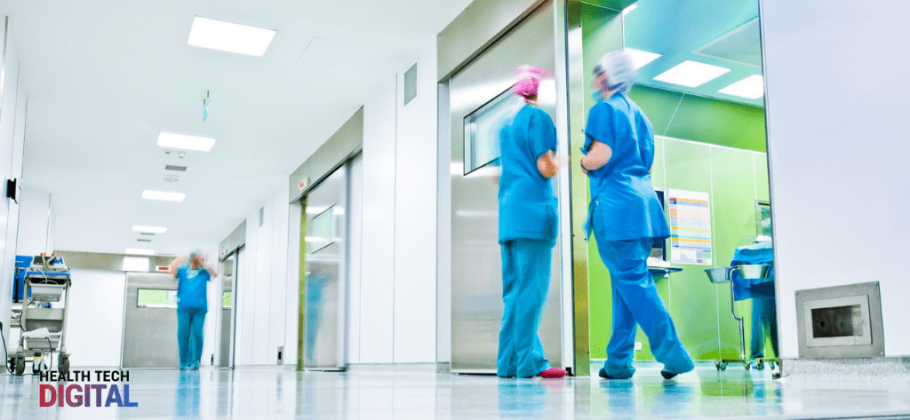Siemens Smart Infrastructure: well-designed hospitals help patients heal faster
When patients are allowed to recover in a more comfortable environment studies show there is a positive impact on their healing and well-being. Effective building design has been widely used to help patients recover more quickly and hospital staff to work more efficiently. Evidence-based design (EBD), the process of making changes to the built environment based on research to improve outcomes, has helped lower the incidences of hospital-acquired infections, medical errors, patient accidents, and staff injuries.
“The environment’s influence on a patient’s well-being was first, scientifically, explored by professor Roger Ulrich in his 1980s study that sought to determine whether there was any measurable positive influence in a patient’s recovery when they were given rooms with different views,” commented Gareth Rees, Head of UK Strategic Market – Healthcare Siemens Smart Infrastructure. “The research showed that patients who had views overlooking nature [rather than that of a building] experienced shorter stays, needed fewer pain medication and were more optimistic about their prospects. These findings paved the way to a greater awareness and understanding of how space and hospital architecture can affect our physical condition and state of mind.”
Using EBD techniques today architects and designers have been developing solutions for better healing environments. Healthcare facilities often have unique individual requirements with specialised hospital rooms requiring bespoke implementations for patient recovery wards, operating theatres, pressurised rooms and laboratories. Careful design can improve safety and productivity, reduce staff stress levels, lower resource wastage and enhance environmental sustainability.
There is a delicate balance between providing the ideal recovery conditions in patient rooms and an optimal work environment for staff to deliver the best possible care. The provision of WiFi and personal control over room conditions are important elements for patient satisfaction. Room automation controlled by a patient’s smartphone or tablet allows the precise control over temperature, ventilation and other functions that affect comfort. Wearable tags can also be deployed to monitor the vital signs of patients to automate control of a recovery environment. Circadian lighting that follows a patient’s natural daily rhythm or sleep/wake cycle reduces tiredness and enhances recovery sleep while audio levels can be improved through the use of sound-absorbent materials installed in ceilings and flooring. Acuity-adaptable spaces lessen the movement of patients reducing stress on both patients and staff.
Operating theatres are complex environments that need to be spacious, hygienic and well-lit (with overhead surgical lights). Generally windowless temperature and humidity levels are tightly controlled. Pressurised rooms are designed to isolate a patient with infectious diseases and require air management and filtering systems. Medical or clinical laboratories where approximately 70 percent of treatment decisions are made require stable conditions with exact controls over temperature, humidity and sometimes, pressure.
Smart infrastructure and IoT technologies are an expanding area of interest to healthcare planners and allow owners and operators of hospitals to leverage more from their existing assets which are becoming more intelligent- producing and using data to perform better throughout their lifetime. Total Integrated Power and lighting control systems, air, space and asset tracking solutions all improve energy usage, space utilisation and real-time location usage.
Concluded Rees: “Hospitals are never going to be places that any of us are going to particularly enjoy visiting but through better physical environments designers can speed up our recovery and alleviate a lot of the stress and fear. Better performing buildings can provide higher comfort levels and well-being for all occupants.”













